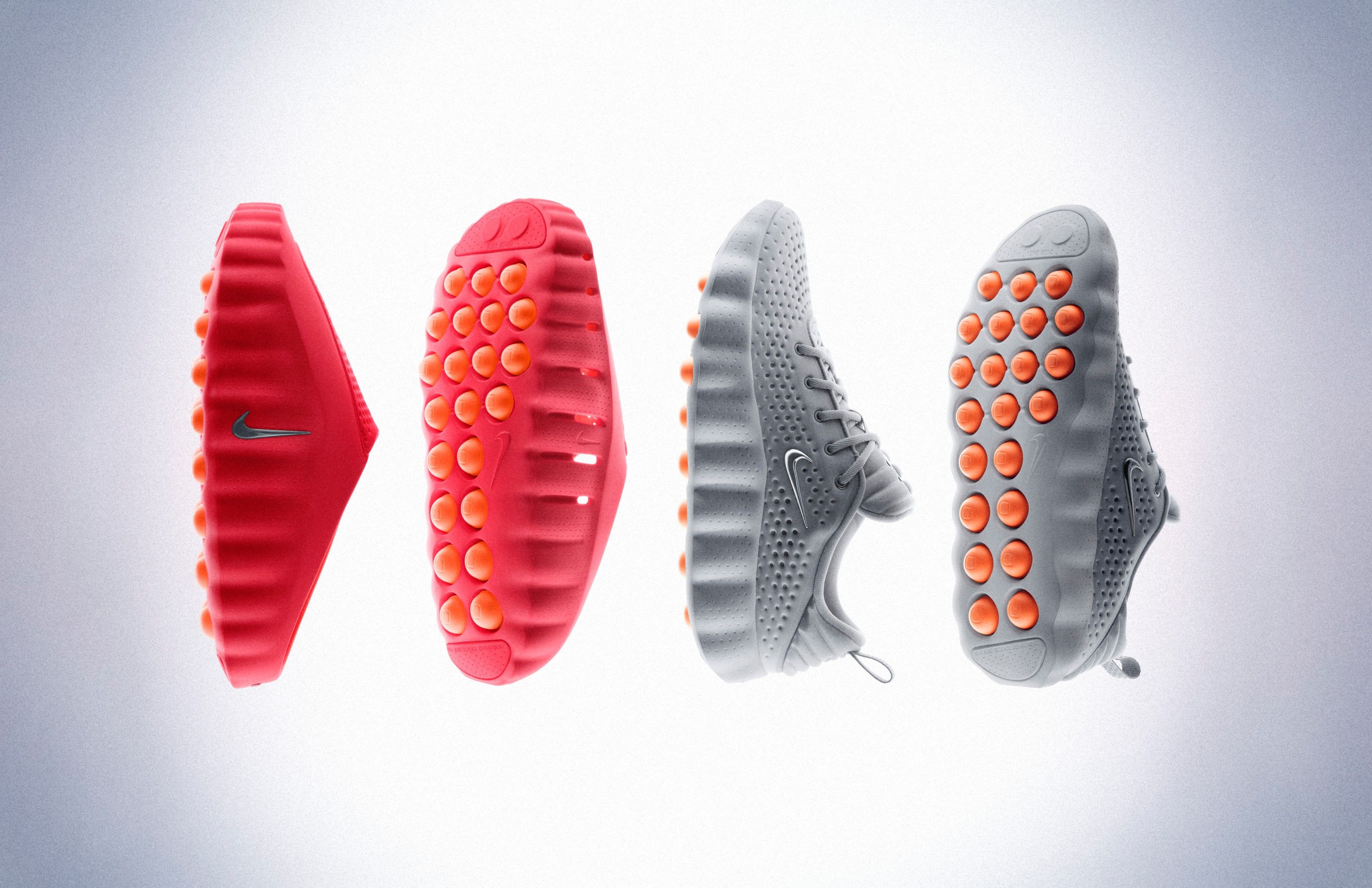Nike just announced its most ambitious footwear experiment yet - shoes designed to hack your brain. The company's new Mind 001 and Mind 002 feature 22 orange foam nodes that move independently to stimulate neural pathways, promising to give athletes a mental edge before games. But there's a catch: Nike won't show the science backing these claims until next month.
Nike is betting that the path to athletic greatness runs straight through your feet to your brain. The sportswear giant's latest product launch reads like science fiction - shoes embedded with 22 orange foam nodes that pulse up and down like tiny pistons, designed to activate neural pathways and sharpen mental focus before competition.
The Mind 001 mule at $95 and Mind 002 lace-up sneaker at $145 represent Nike's boldest departure from traditional athletic footwear. Each node moves independently as athletes walk, creating what the company calls a scientifically-backed sensory experience that "reawakens the foot, the body and the mind," according to Nike vice president Eric Avar.
But here's where things get murky. Nike claims the technology is "scientifically shown" to stimulate brain activity, yet the company hasn't released any peer-reviewed research backing these assertions. Nike spokesperson Jay Paavonpera told The Verge that supporting white papers will arrive "in a couple weeks" - a timeline that raises questions about launching products before publishing evidence.
The footwear emerged from Nike's newly-formed Mind Science team within the Sport Research Lab, which the company says operates "one of very few mobile brain and body imaging labs in the world." Principal investigator Graeme Moffat explained that each node's placement follows precise spacing - farther apart in the heel, closer together under the ball of the foot - to ensure wearers can distinguish individual sensations.
This isn't Nike's first venture beyond traditional cushioning technology. The company previously responded to the minimalist shoe trend popularized by Vibram FiveFingers and even Crocs with its own Nike Free line, designed to promote natural foot movement. But the Mind series takes this philosophy into uncharted territory by explicitly targeting neurological responses rather than just biomechanical ones.
The timing feels strategic. As wearable technology saturates the market with heart rate monitors and sleep trackers, Nike is positioning itself at the intersection of neuroscience and athletic performance. The company claims hundreds of athletes participated in testing over thousands of hours, suggesting significant investment in research and development.




